At approximately 18:17 CET (17:17 UTC) on Wednesday 21 February 2024, ESA’s ERS-2 satellite completed its atmospheric reentry over the North Pacific Ocean.
We followed the reentry before, during and after on this blog, on social media, and on the ESA website. This post offers a brief retelling of the final days of the reentry story and some previously unshared images to round off our coverage.
The four images below link to background and major milestones of the ERS-2 reentry story to get you up to speed. They cover the mission, the facts, the reasoning for deorbiting the satellite, and the human farewell to a mission to which many people at ESA and beyond dedicated a considerable portion of their career.
Below them, you will find a selection of the last-ever sightings of ESA’s ERS-2 satellite and a graphic depicting its final reentry location.
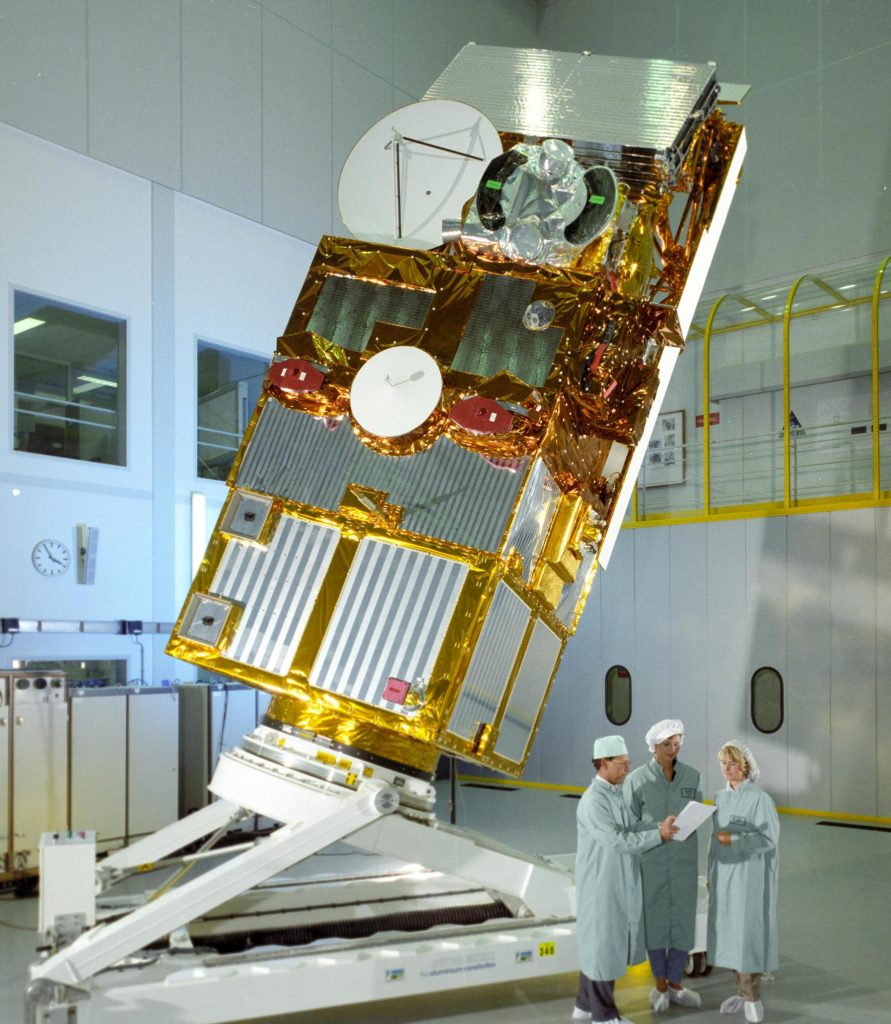
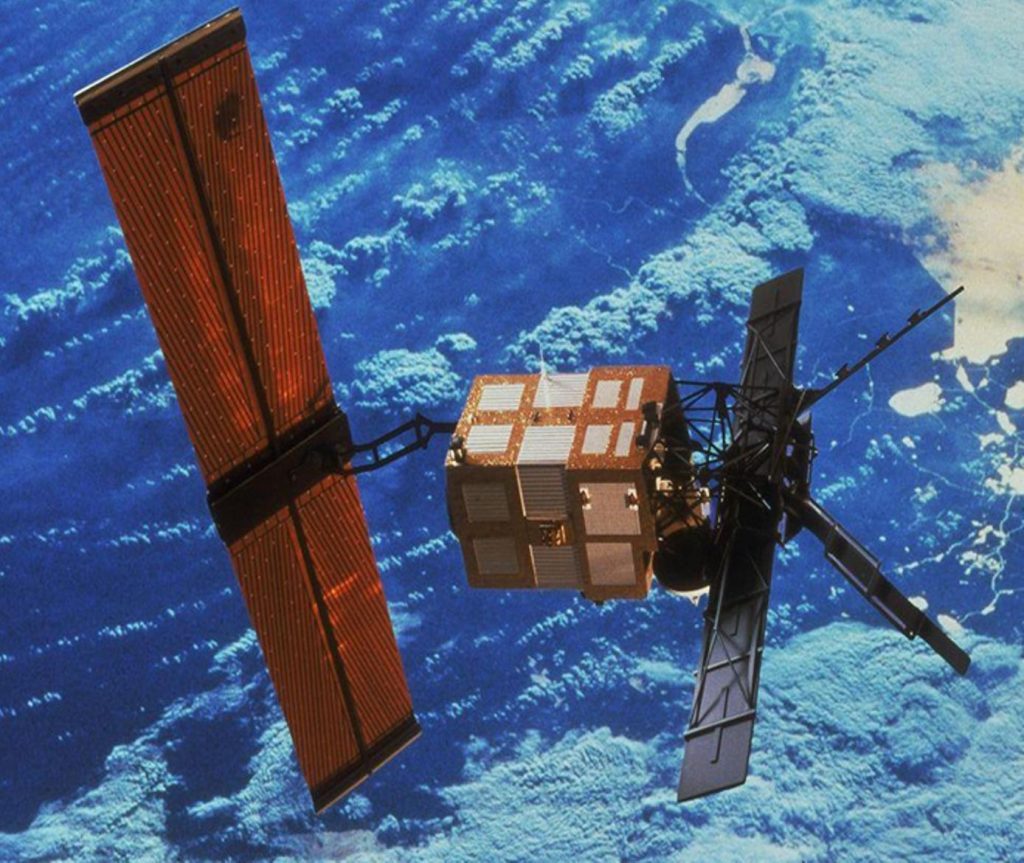
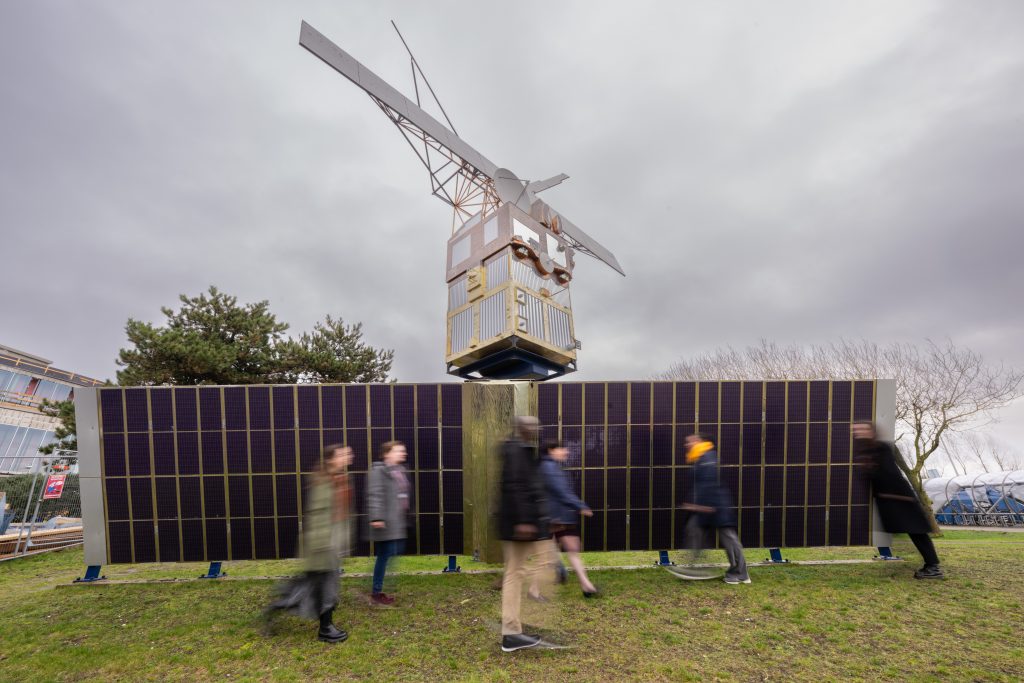
ERS-2 spotted from space
In the weeks leading up to reentry, ERS-2 was subject of a monitoring campaign by the Inter-Agency Space Debris Coordination Committee (IADC).
This image of ERS-2 was captured on 29 January using a camera system on board another satellite by Australian company HEO on behalf of the UK Space Agency. Click the image to be taken to our news article featuring others from the HEO/UKSA campaign.
National space agencies around the world operate reentry warning services and often conduct research to inform future policies and guidelines on safe and sustainable space operations. They share data with ESA and other international partners through forums such as the IADC to support the monitoring of satellite reentries.
Although you can clearly see the distinctive shape of ERS-2, this view of the satellite does, as pointed out by many viewers pointed on social media, bear some resemblance to a certain famous science fiction spacecraft.
ERS-2 spotted from the ground
Poetically, some of the final people to see ERS-2 with their own eyes were located at ESA’s ESRIN centre for Earth Observation in Frascati, near Rome, Italy. ESRIN was the spiritual home of ERS-2 and the surrounding region was the subject of its final image from orbit.
This clip was captured in the early evening of 20 February as the tumbling satellite passed over Europe. This was the final pass over Europe during clear, dark skies and the last opportunity to view it from the region using conventional camera systems.
These are the final images we have of the satellite, captured by the Fraunhofer Institute for High Frequency Physics and Radar Techniques FHR in Germany.
While the video above captures the last view of ERS-2 as seen by the naked eye or standard camera equipment, these are radar images captured by Fraunhofer’s unique 34-metre TIRA radar system.
TIRA tracked the satellite as it passed overhead for a few minutes on each of 19 (top left), 20 (top right) and 21 February (bottom). The final session took place around 8:00 CET on 21 February, still roughly 10 orbits before reentry.
Note that the colour in these images represents radar echo intensity and not temperature.
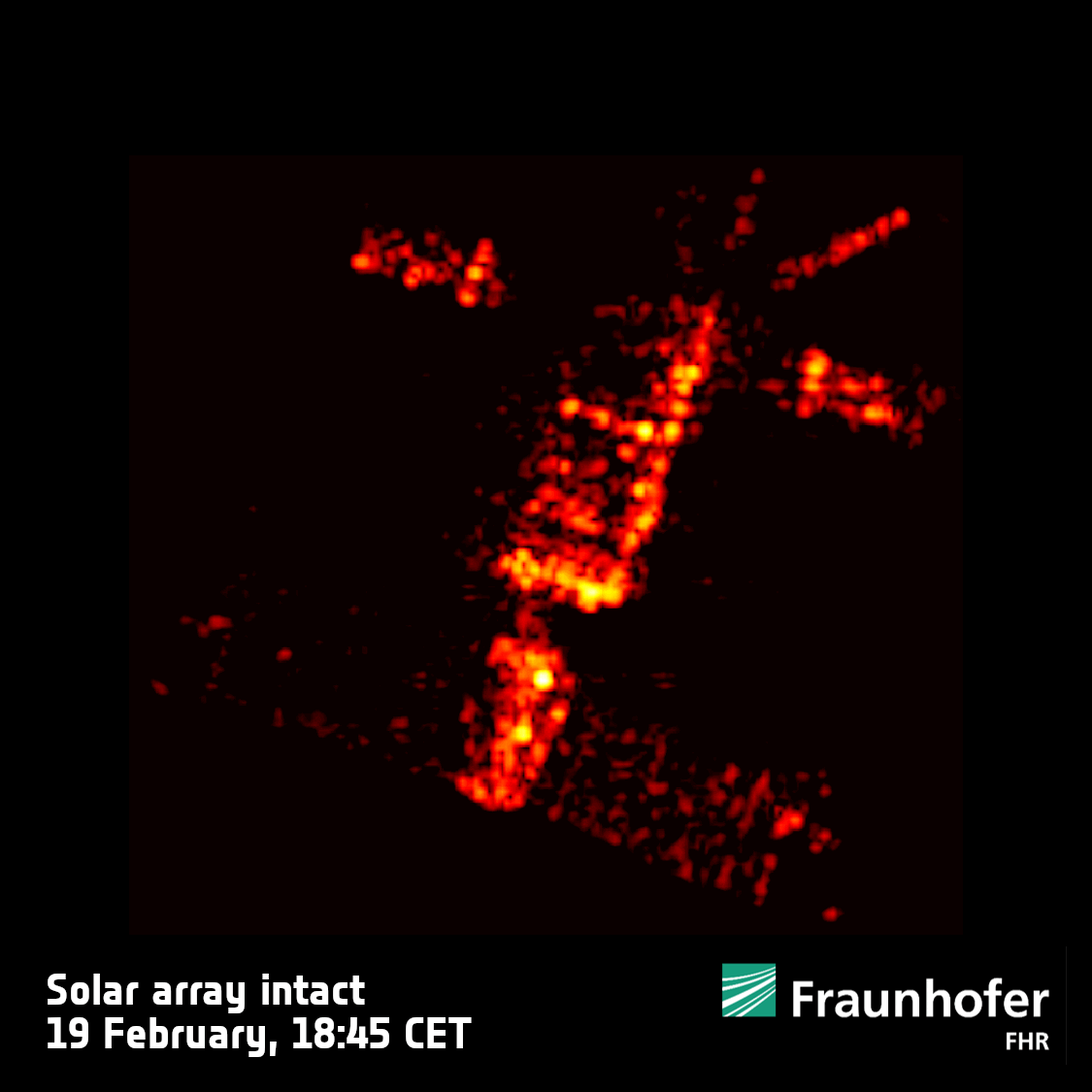
This GIF combines observations from all three days. It clearly shows that the satellite’s solar array began to bend and break while ERS-2 was still at an altitude of over 150 km.
Typically, we expect reentering satellites to remain one rigid object until almost the very end, when they begin to break up into pieces at an altitude of roughly 80 km.
The broken solar array could have caused the satellite to interact with the atmosphere differently than we expected. Experts are now analysing the data from ERS-2’s final days in space. If the buckling of the solar array is related to the fact that the satellite’s reentry took place slightly later than predicted, this research could help improve our forecasts of future natural reentries.
In other words, ERS-2 continued to provide scientific interest right up to the very end.
Final reentry track
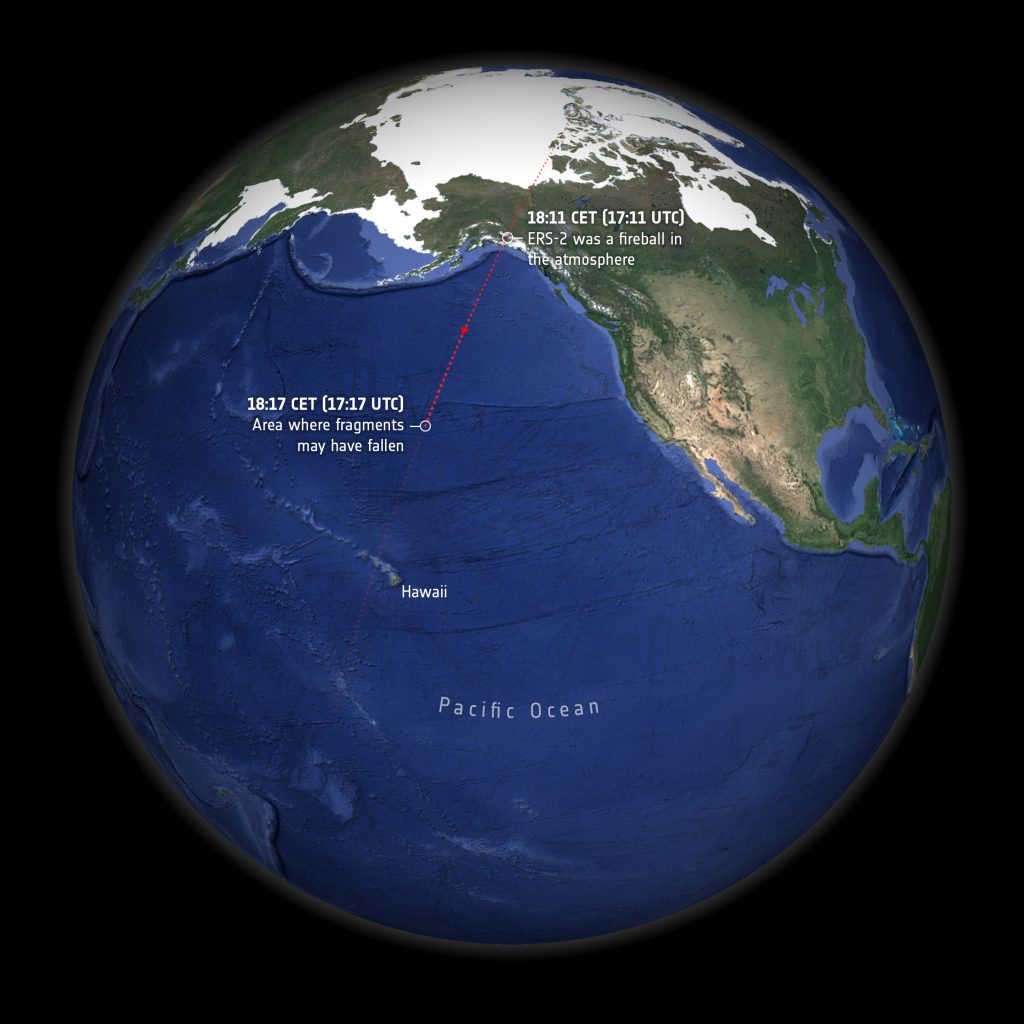
And, finally, this is ERS-2’s estimated reentry track based on the available data.
ESA’s venerable Earth observation pioneer, designed in the 1980s, launched in the 1990s, operational throughout the 2000s, and falling to Earth for most of the 2010s, became a fireball over the North Pacific Ocean for just a few minutes around 17:10 UTC on 21 February 2024.
Farewell ERS-2.

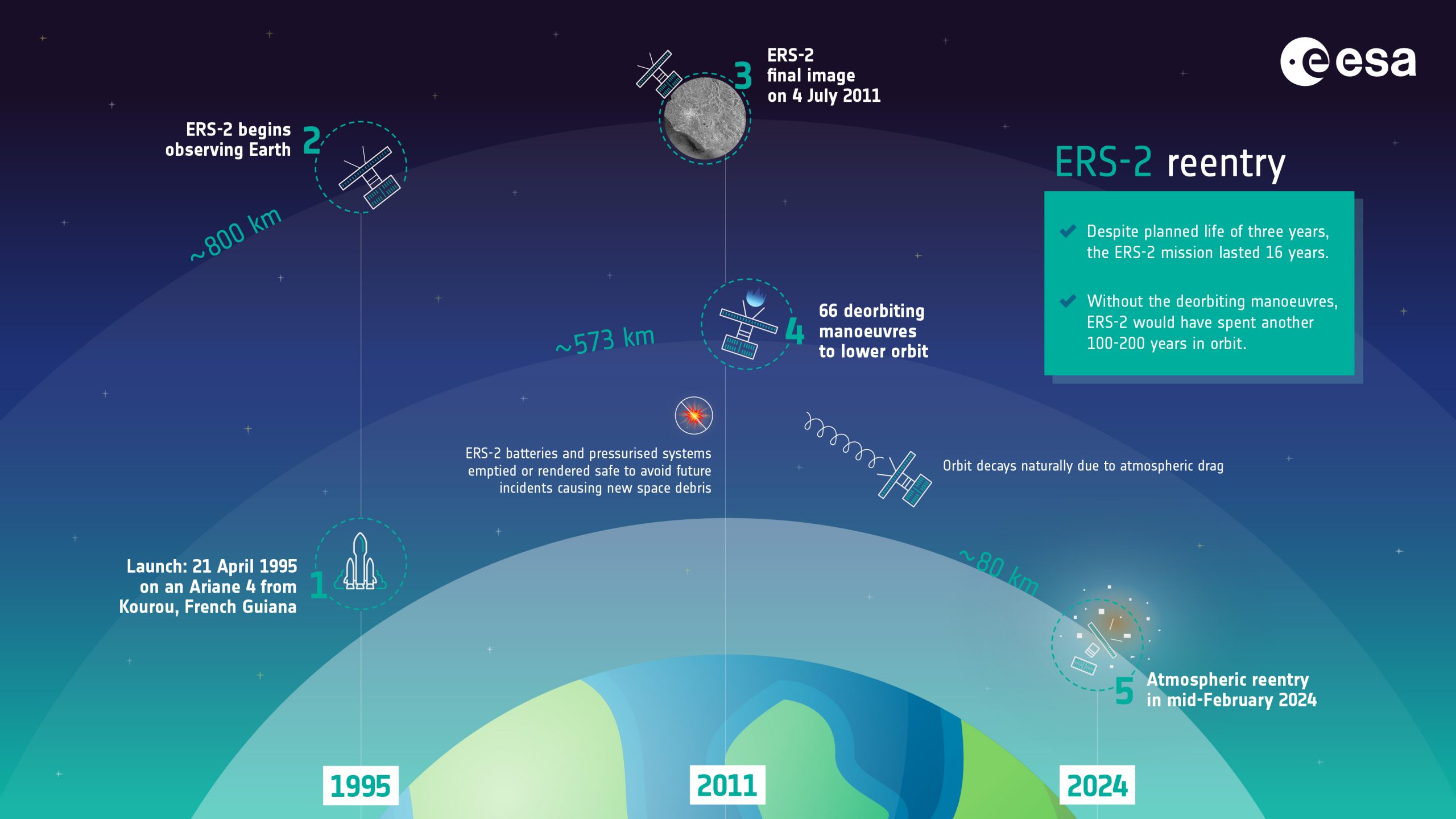
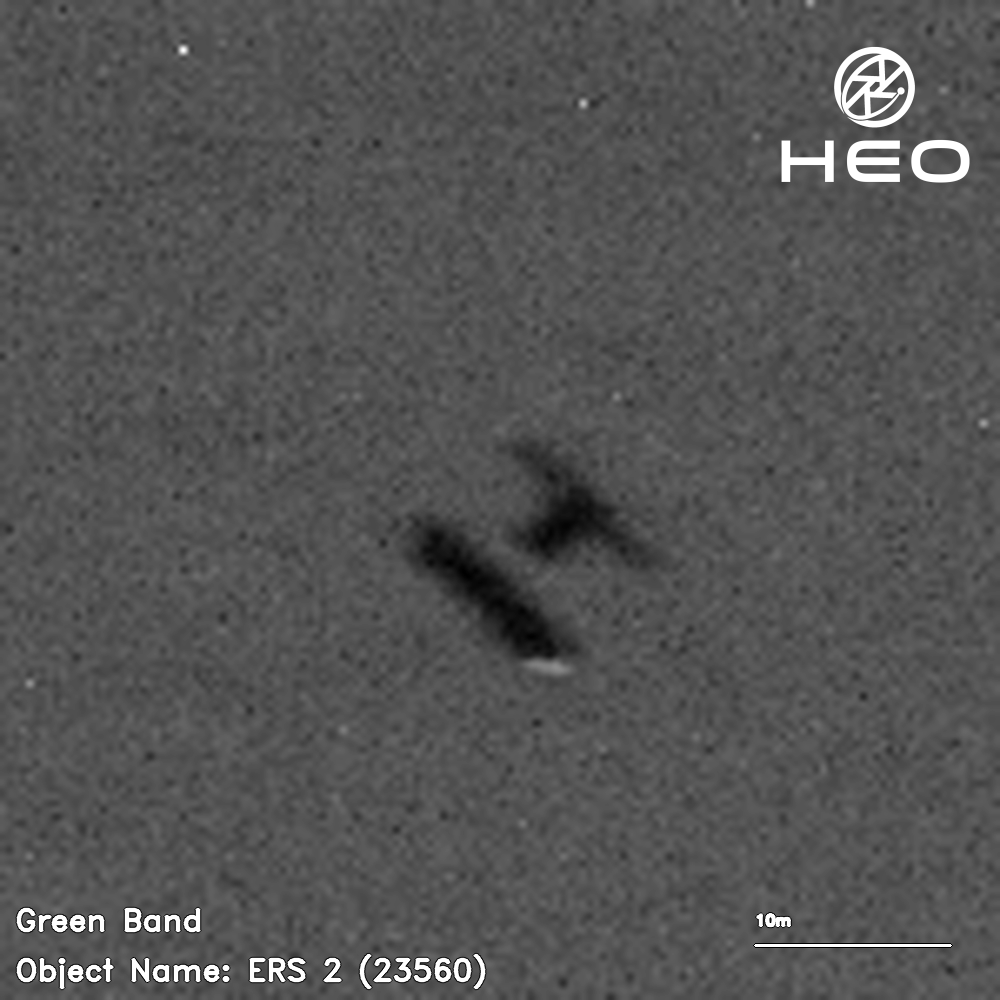
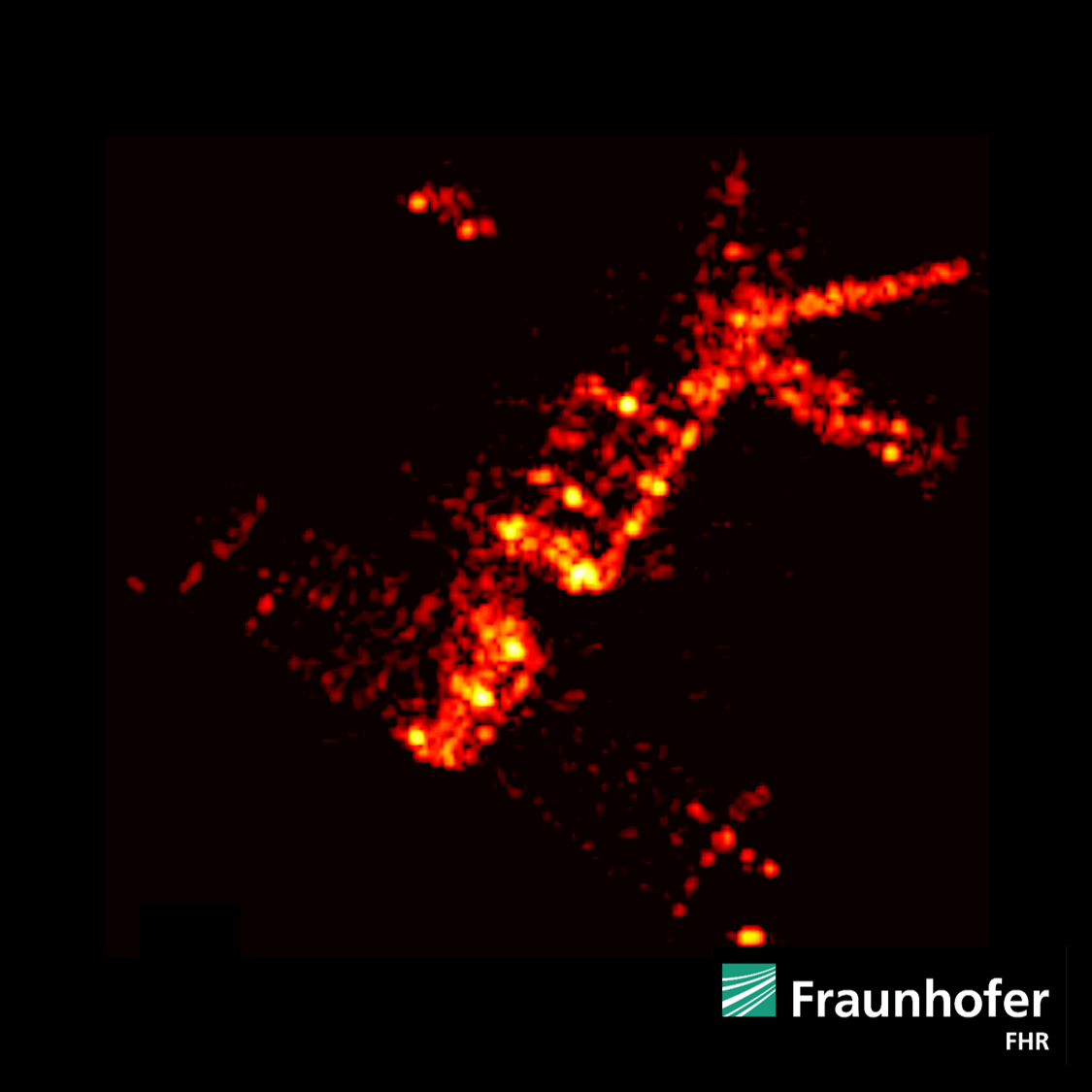
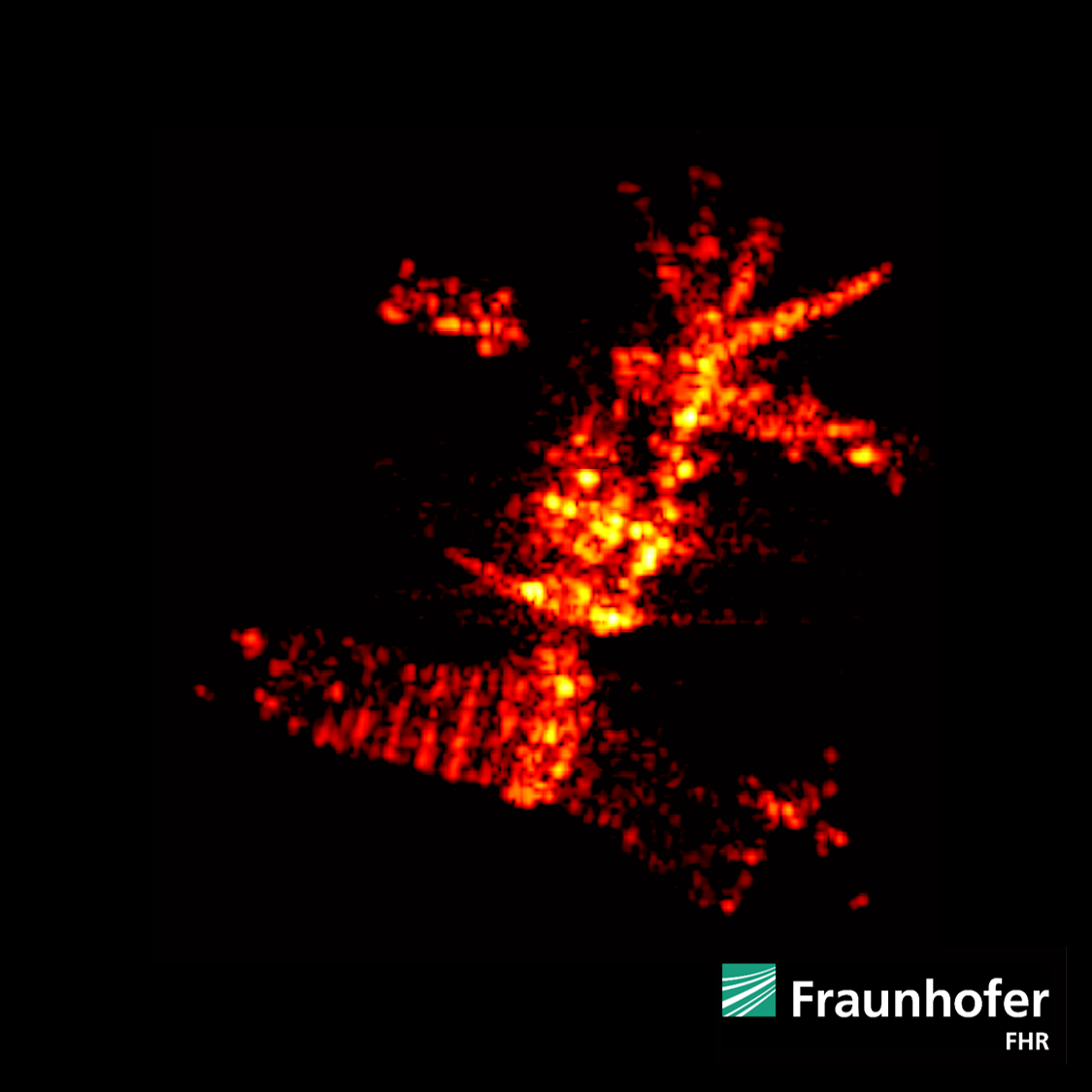
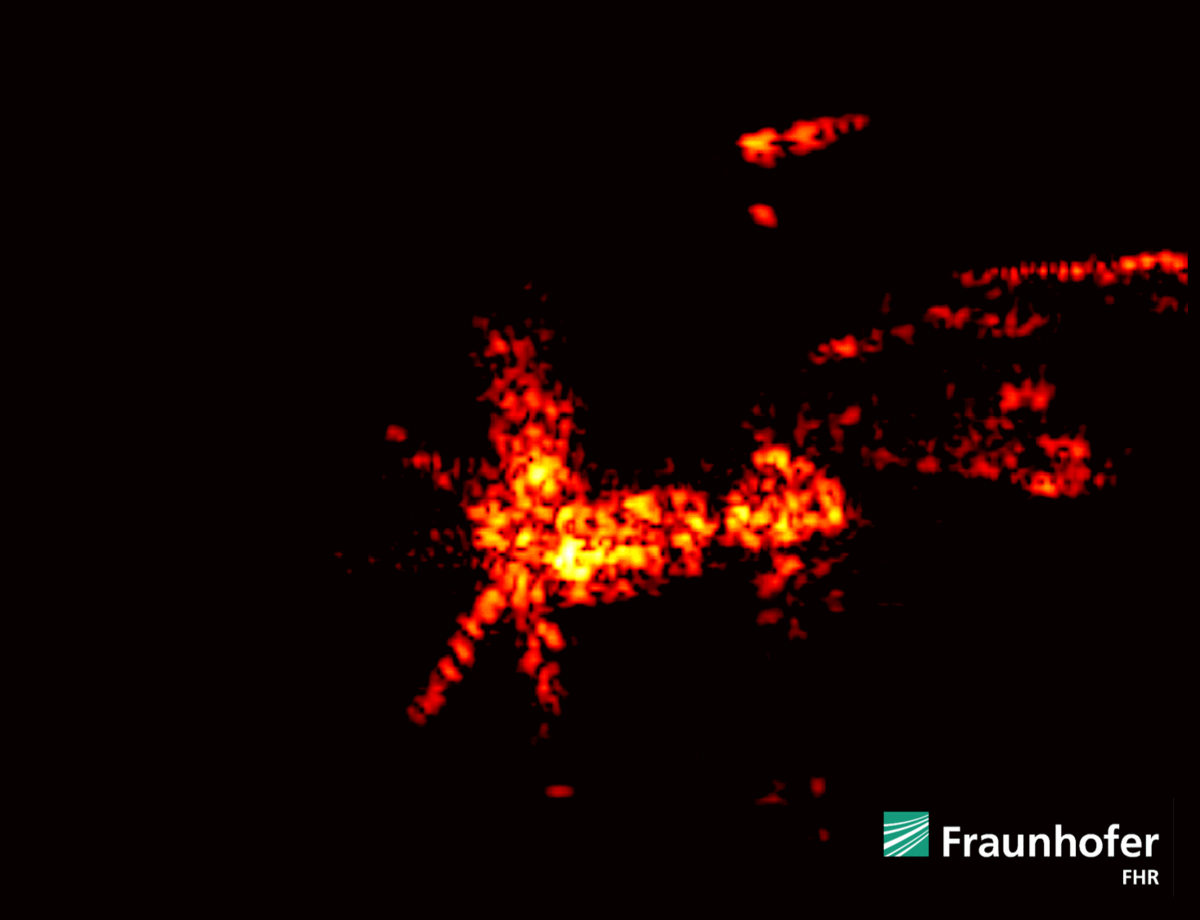
Discussion: no comments